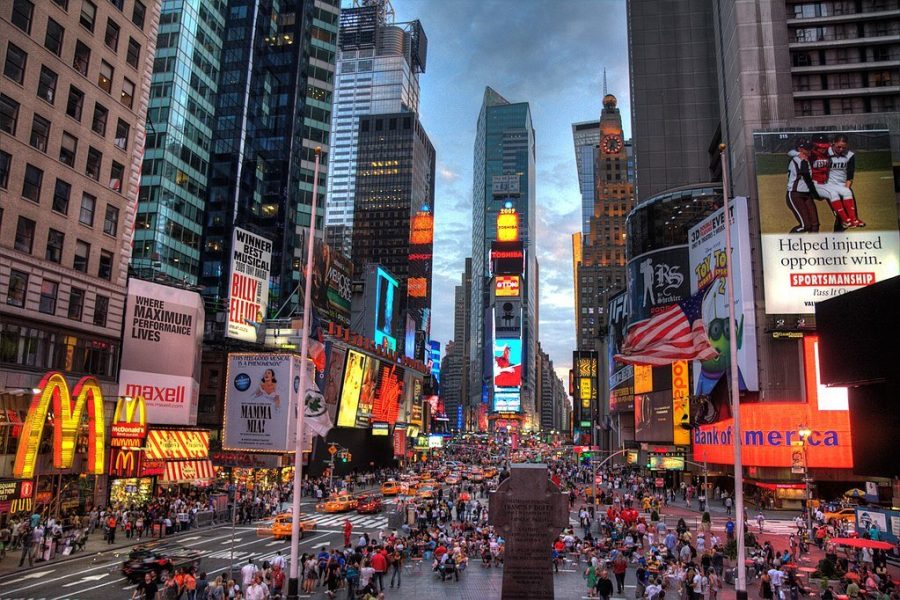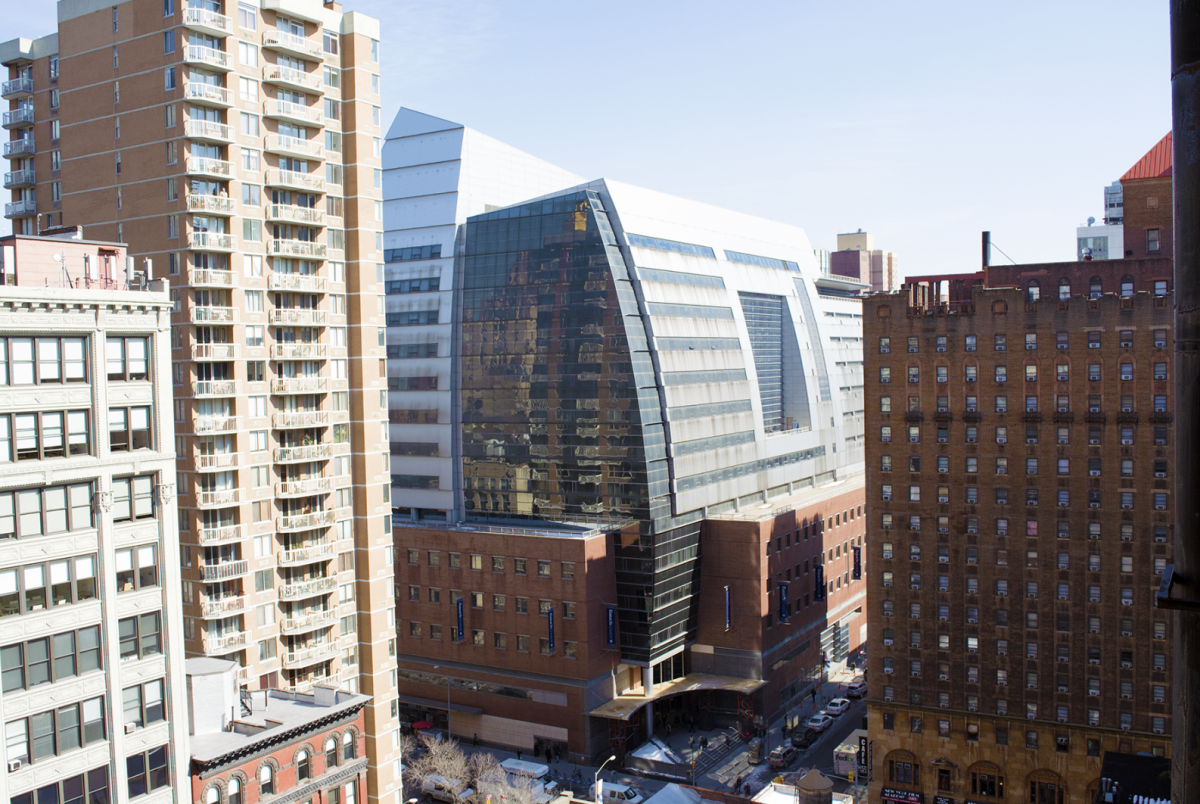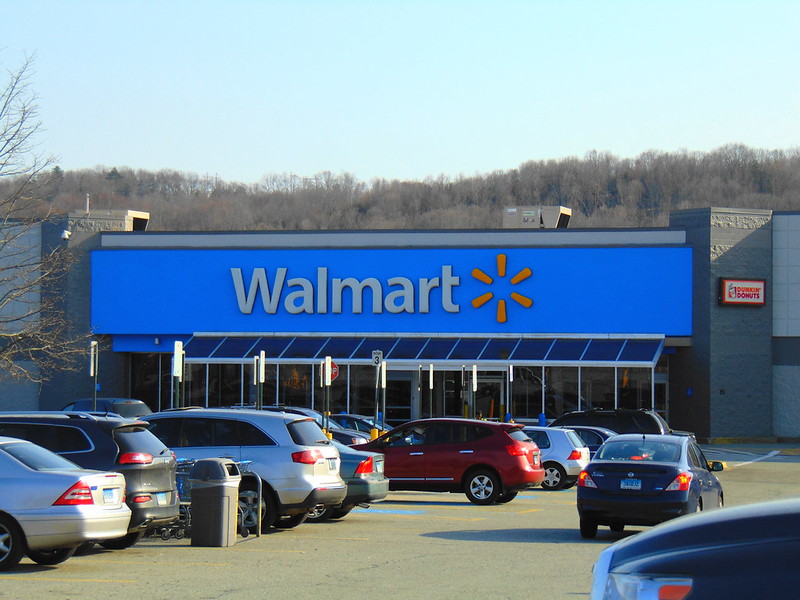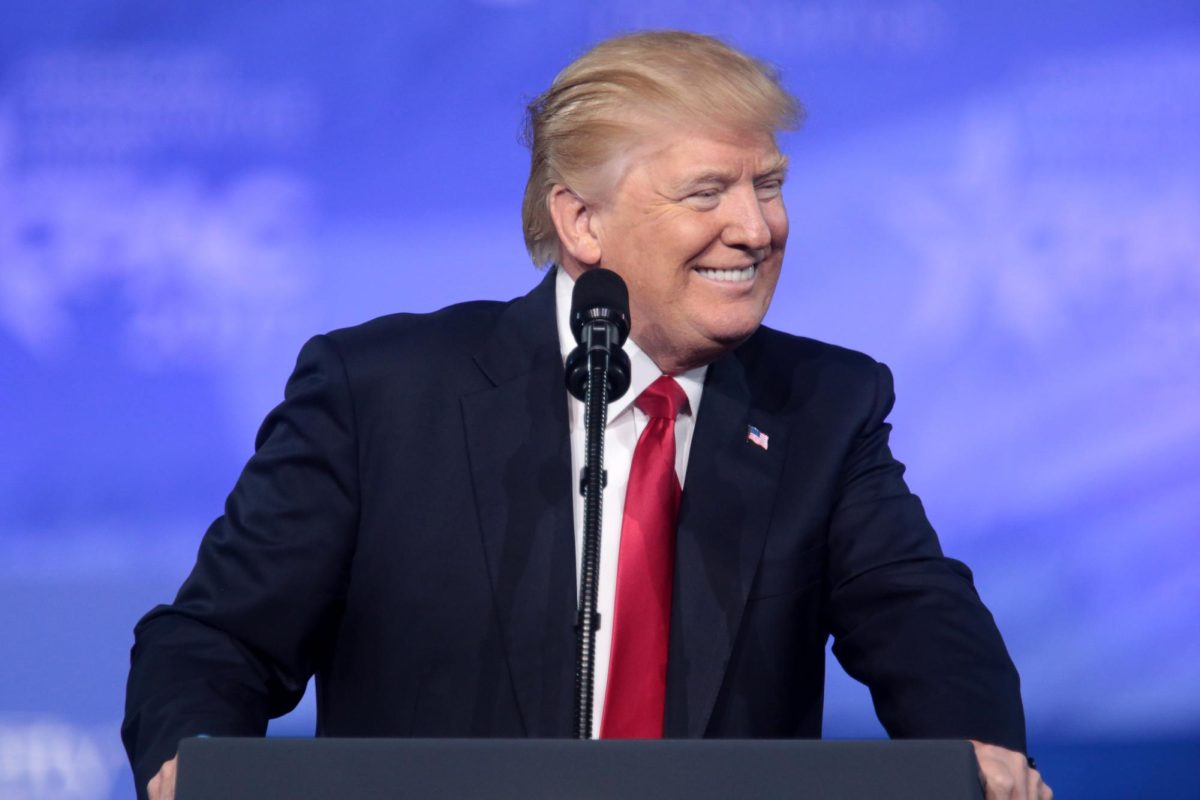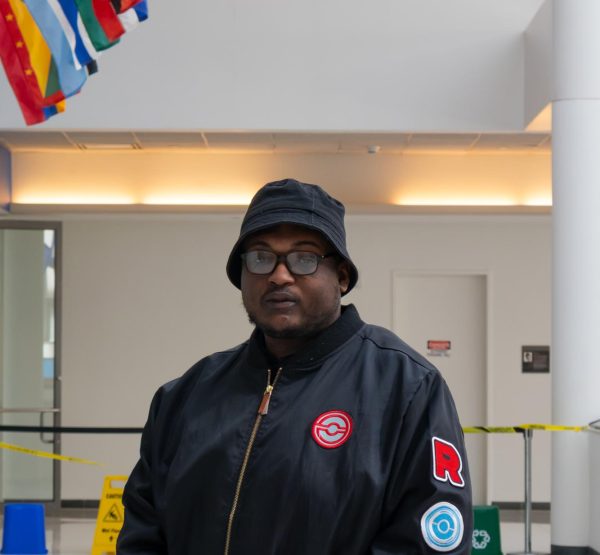New York tourism once brought in millions of dollars in revenue however due to the coronavirus pandemic, that is no longer the case. The days of tourists purchasing “I love New York” t-shirts and magnets and seeing Broadway shows have disappeared for the time being.
New York City tourism is suffering economical blows, such as major holiday attractions which have been canceled or made virtual to COVID-19 restrictions on classic horse carriage rides in Times Square.
In 2018, New York City welcomed a record of 65 million tourists, according to a report from The New York Times. That influx of tourists resulted in an increase in state revenue, with $44 billion spent on hotels, restaurants, bars, stores and museums.
Many tourist hotspots in NYC are not immune to the negative economic side-effects of the coronavirus pandemic. This includes the Central Park Boathouse, which recently shutdown permanently, forcing a massive layoff of the eatery’s 163 staff members.
Souvenir sellers are yet another example of businesses that are affected by the current public health crisis. Before the pandemic, shops like “Memories of New York,” a Fifth Avenue souvenir shop owned by 75-year-old Albert Tutus, would get up to 30 customers an hour.
In a recent article from The City, Tutus describes his store in a now-pandemic-ridden New York City.
“I just wait for customers all day,” Tutus said. “Everyone knows it’s just dead slow. Dead” he continued.
His shop is one of the rare gems in the city that remain open, unlike neighboring tourist shops in the Midtown Manhattan area.
With the winter holidays right around the corner, holiday attractions that usually attract out-of-state tourists are canceled as well. The Greenwich Village Halloween Parade has already been canceled due to covid-19 concerns.
The Macy’s Thanksgiving Day Parade, a cultural icon in NYC holiday celebration, will be different this year. For the first time, there will be no streets lined with a giant balloon Snoopy or dancing pilgrims. Instead, the Parade will be done virtually.
Many wonder about what the city will do to save the tourism industry. A virtual policy forum, hosted by the Center for an Urban future, was held in September with top tourism officials from major cities, including New-York-based stockholders, in attendance to discuss a plan for tourism recovery.
Fred Dixon, CEO of NYC Company, appointed by Mayor Bill de Blasio in 2014, spoke on the current crisis.
“New York is a little bit further behind some of the other destinations because of the impact of the epicenter and our government leaders have been very slow to respond,” Dixon said in a report from the Gotham Gazette.
In July, New York City launched “All in NYC,” a campaign aimed at kick starting tourism by targeting New Yorkers. “All in NYC” was created by Arulidenen, a city marketing firm.
Dixon also stated that “All in NYC” includes a new program called “Neighborhoods Getaways,” which offers promotions on attractions, dining, hotels and shopping.
The 2020 downfall of the tourism industry is completely opposite from the industry’s previous year. In 2019, New York’s tourism industry marked its 10th year of economic growth. The industry brought in $7 billion in state and local taxes. The revenue achievement saved more than 403,000 jobs.
New data from the New York State Comptroller’s office showed that New York City sales tax makes up nearly half of the statewide revenue, according to a report from CBS New York.
“Travel and tourism have plummeted,” said New York City Comptroller Scott Stringer.
In August, the comptroller’s office projected a revenue loss of at least 1.5 billion in tourism sales for 2021, according to The New York Times.
On a national scale, the U.S. Travel Association predicts a 75% drop in overseas travel spending to $39 billion compared to the $155 billion in 2019 by the end of the year.


